Survey of U.S. residents highlights desire for community connectivity, investment
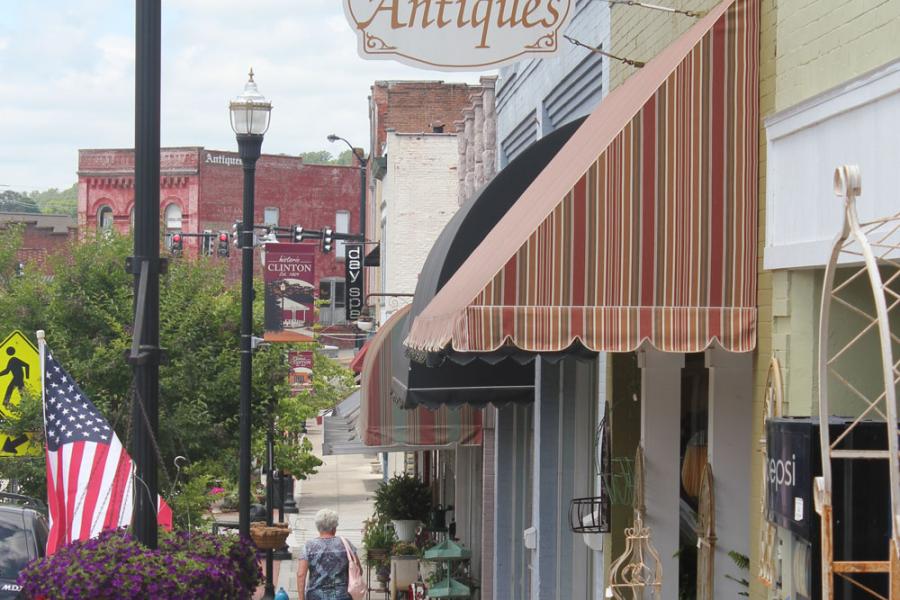
By KATE COIL
TML Communications Specialist
Economic stability and increased connectivity – both in terms of infrastructure and personal relationships – are among the priorities Americans have for their communities.
The International City/County Management Association (ICMA) recently partnered with the National Research Center at Polco to release the white paper “Today’s Top 10 Community Needs According to U.S. Residents.” The report highlights what community characteristics are most valuable to today’s citizens to provide insights and goals local governments can work toward.
Data from the report comes from three decades of research based on the National Community Survey (NCS), which asks millions of people nationwide to rate their communities on livability, government services, and more.
The top ten values indicated by the survey were economic health followed by community, safety, infrastructure, public trust, land use, education, natural environment, health and wellness, and the ability to age in place. Many of these values can be interconnected to help communities find solutions to residents’ wants and needs.
ECONOMIC HEALTH
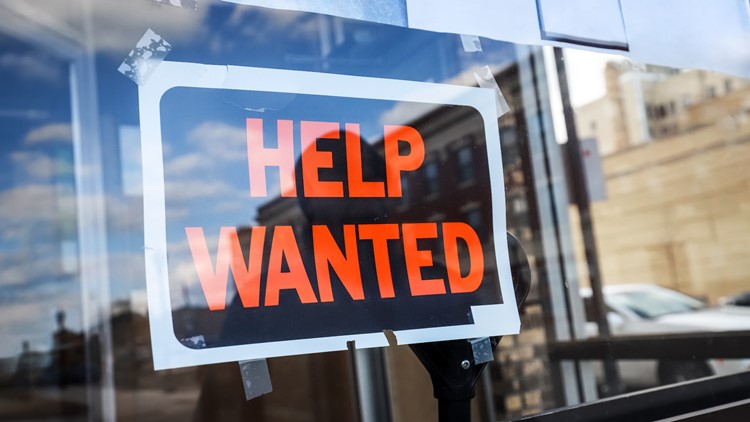
The economic health of a community is a top priority for both residents and businesses. NCS survey respondents said employment opportunities, cost of living, well-planned growth, and downtown vibrancy in a community are how they measure that community’s economic health.
Michelle Kobayashi, principal research strategist at Polco, said citizen uncertainty about their own economic future may be why economic health ranked as the top concern for citizens.
“Sometimes local government practitioners express that they don’t have power over the health of their local economy, but governance and economy are deeply entangled, especially with a sales tax that helps fund local governments,” she said. “Public-private partnerships and building stronger relationships with chambers of commerce can help local governments influence economic health.”
Kobayashi also noted that the economic health of a community can be improved by working on several of the other top ten values ranked by NCS respondents.
COMMUNITY
Since the pandemic, increased personal isolation and loneliness has become a chief mental health concern for citizens of all ages. As a result, many Americans looking to build a sense of community and want cities to engage them in that experience.
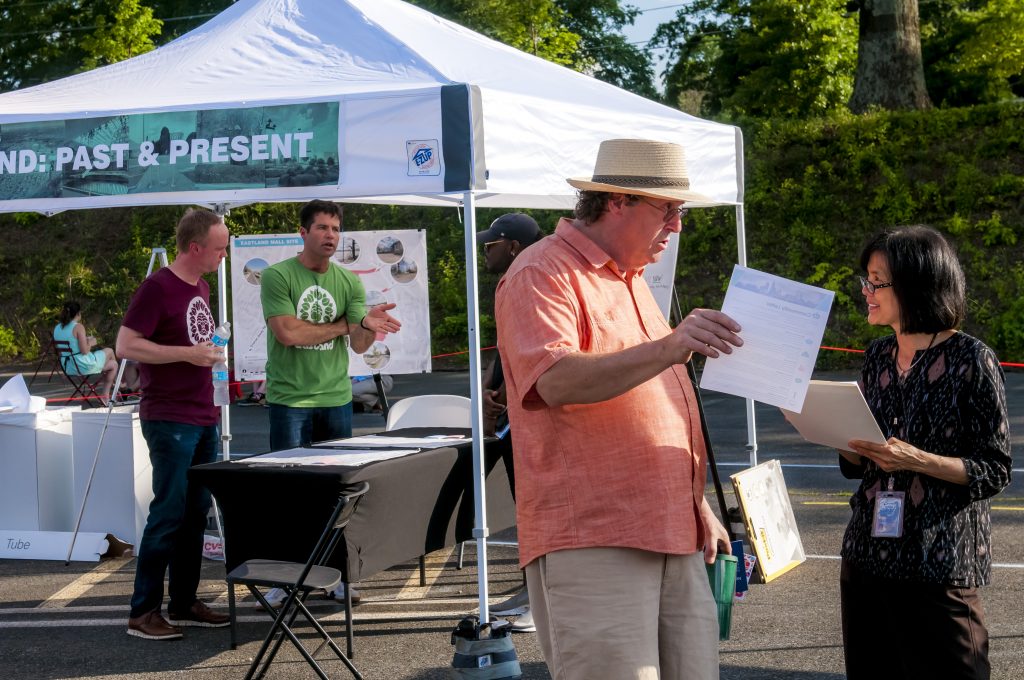
“A lot of cities are struggling with building communities that are strong, that are unified, and have solidarity,” Kobayashi said. “Local governments can improve a sense of community by throwing events and engaging residents in decision-making. We have seen a lot of movement in local government, with citizen academies, community liaisons, and forming diversity, equity, and inclusion task forces.”
Cities can improve their community engagement by making sure involvement is equitable, finding new and creative ways for engagement, making it easier to participate, and actively listening to feedback from the community so they don’t become disengaged in the process.
By meeting people where they are, identifying which voices are missing in a conversation, and finding ways to engage beyond the traditional “town hall” meeting, communities can engage and energize citizens, especially those who have not been participating in the process. NCS data also found a need to engage specific populations such as persons of color, foreign-born residents, residents who speak a language other than English, citizens with disabilities, senior citizens, and households with children.
SAFETY
Ranking third on the list, public safety is often ranked in the NCS as a top need, but recent reports indicate that priorities have shifted for many citizens in recent years. Drug abuse and the opioid epidemic has remained at top public safety concern for NCS respondents since 2018, though other public safety concerns have shifted since.
Citizens ranked their second biggest public safety concern as DUIs followed by traffic problems, burglaries and theft, and then domestic violence. The National Law Enforcement Survey also noted public trust in police has been on the decline since the start of the pandemic. A Gallup poll conducted in early 2023 found that 45% of Americans surveyed were confidence in police and 39% - the lowest level on record – were confident police were properly trained in use of force.
Confidence in the police has fallen among all races since 2010 with 30% of non-white Americans and 53% of white Americans reporting confidence in police.
INFRASTRUCTURE
NCS survey respondents reported clean drinking water, safe roads and bridges, and internet access were their top three infrastructure priorities. Many communities are looking to address their ongoing infrastructure needs through programs like ARP.
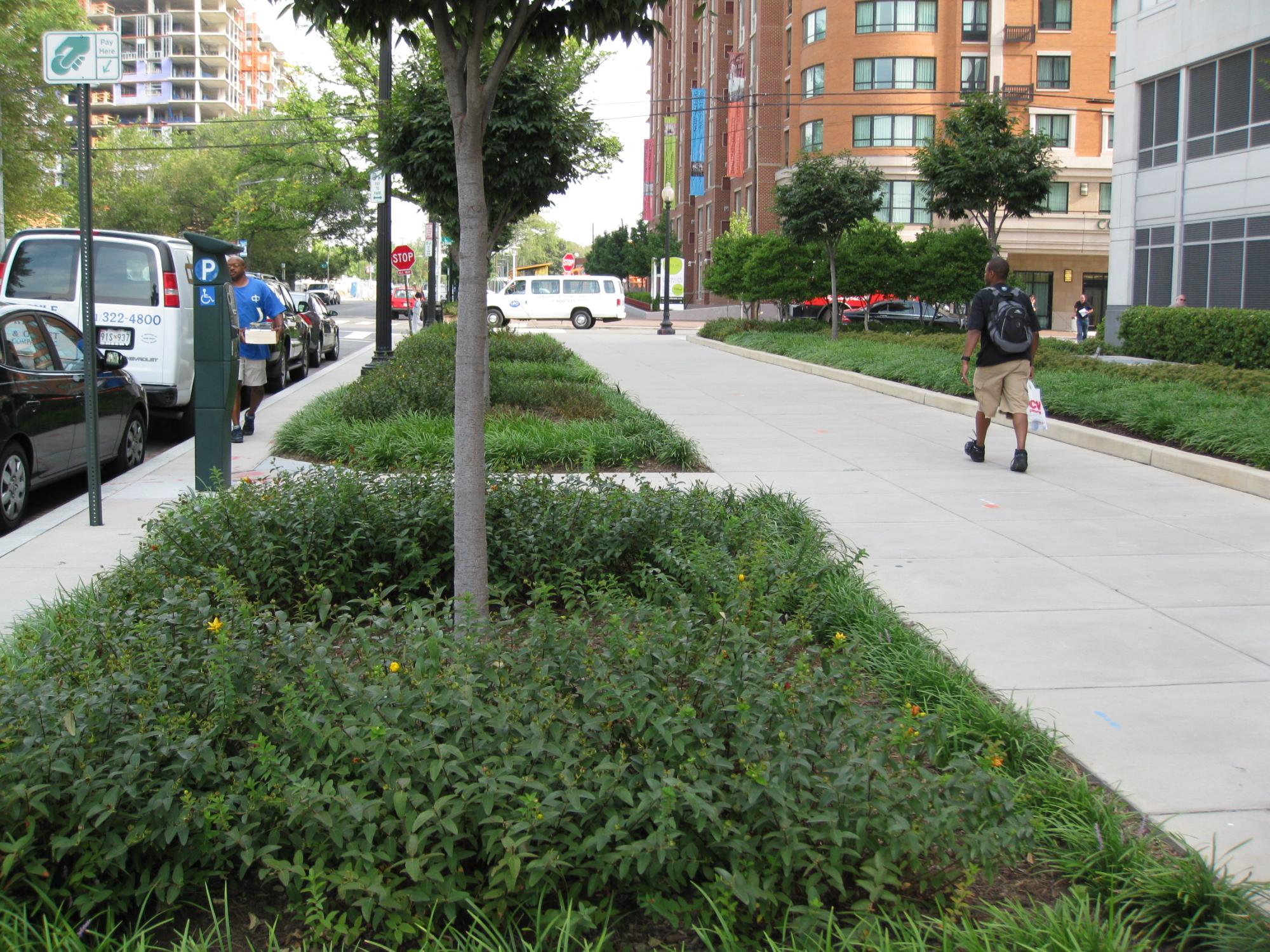
The Tennessee Advisory Commission on Intergovernmental Relations (TACIR) recently reported the state of Tennessee needs at least $62.9 billion worth of public infrastructure improvements during the five-year period of July 2021 to June 2026 to meet needs. This funding includes infrastructure for transportation and utilities; education; health, safety and welfare; recreation and culture; general government; and economic development.
The Report Card for America’s Infrastructure in its 2022 report gave the state of Tennessee a grade of “C” and said while some progress has been made, there is still work to be done.
“Tennessee, like the rest of the country, is seeing its roads, bridges, drinking water systems and more reach the end of their service lives,” the report found. “However, state action – along with more robust federal support – is coming at a crucial time and allowing us to rehabilitate much of our built environment. And not a moment too soon. We’ve seen what happens when we don’t invest, with closures of the I-40 bridge in Memphis, pipe breaks that prevent water from reaching homes and businesses, and power outages that last days or weeks following unexpected events including extreme weather, or domestic terrorism.”
PUBLIC TRUST
Increased polarization on the national level has trickled down to local politics with more Americans feeling less trust in their local governments. Between 2020 and 2022, the NCS found citizen confidence in government eroded from 56% to 48%. Additionally, only 46% of residents feel their local government is open and transparent with the public and 49% feel their local government is informing residents about community issues.

However, a study from Deloitte found that damaged trust between government and citizens can be rebuilt. More than 84% of Americans believe political trust can be improved, while 86% believe social trust can be improved, according to the consultant firm.
Key factors in rebuilding trust are humanity, transparency, capability, and reliability in interaction with customers or citizens. Governments can show humanity through “demonstrating empathy, kindness, and fairness” and capability by creating high-quality programs and services that effectively meet expectations. Providing reliable programs, services, and experiences to all constituents is another trust-building tactic.
In a world where information is increasingly at citizens’ fingertips, transparency has become more important than ever before. Governments who openly share “information, motives, and choices related to policy, budget, and program decisions in straightforward language” are considered more trustworthy. A 2021 survey, also from Deloitte, found that access to digital services and data can improve citizen faith in government.
“Because digital is now a first point of interaction for government to generate a positive impression, a positive online experience and secure and user-friendly services can be very important,” the survey found.
LAND USE
While residents ranked land use as sixth biggest concern, most ranked in rather lowly in their own community. About half said they felt growth was well-planned in their neighborhoods with only 40% saying they feel positively about residential and commercial growth. Less than a third say there is available, quality affordable housing in their community.
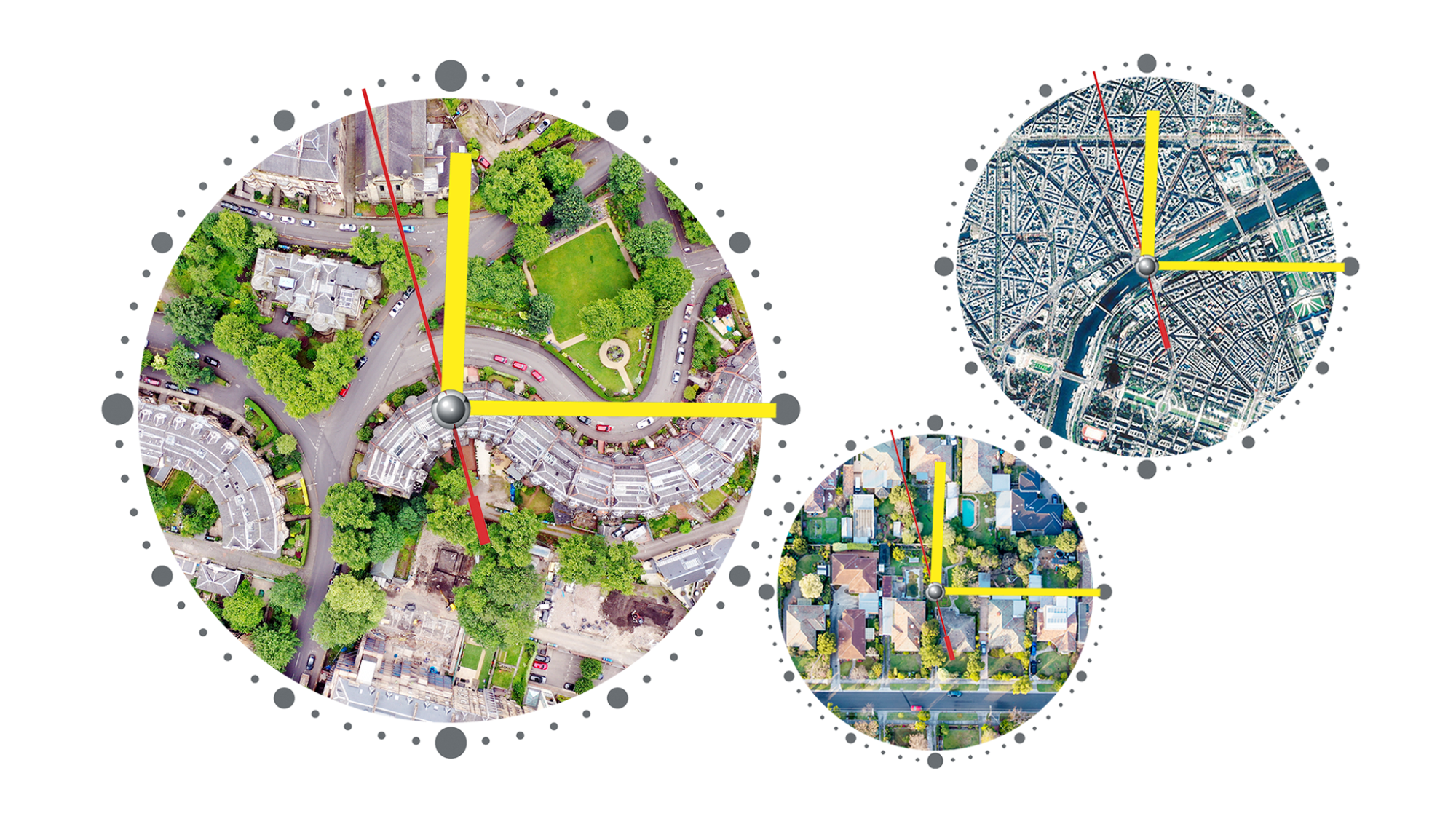
“Land use is also where governments have the most power to affect outcomes with regulations and policy changes,” Kobayashi said. “Land use always has to be on this list because governments have so much control over the quality of livability through how you design a community and land use policy.”
The urban planning concept known as the 15-minute city has become a framework for many communities as they aim to improve land use, especially as citizens look for more easily walkable communities post-pandemic. The 15-minute city is defined as a neighborhood or community where people can access everything they need in their lives – from food to healthcare to commercial centers to transit to parks – within 15 minutes walking or cycling distance from their home.
Robert Steuteville, of the Congress for the New Urbanism (CNU), a Washington, D.C., nonprofit that advocates for walkable cities, said most cities built before the 1950s were planned around this concept when the use of automobiles and the development of suburbs increased in the post-war economy. The more modern framework – largely developed by Carlos Moreno, professor at the Sorbonne in Paris – is not one-size-fits all and allows communities flexibility.
By providing a more walkable community, Stueteville said cities can improve socioeconomic equity, improve health and well-being, and counteract depopulation and disinvestment.
“For 30 years, new urbanists have been promoting walkable, mixed-use neighborhoods,” he wrote in for CNU’s Public Square. “The 15-minute city takes that idea to a new level, by proposing how neighborhoods, districts, corridors, parklands, and natural features may be combined to enable relatively self-sufficient urban lives. The metric of time applied to walking and biking imposes a spatial discipline that makes the concept useful and meaningful.”
EDUCATION
Since the pandemic, residents’ satisfaction with education in their community has dropped in satisfaction, with many feeling schools do not teach the skills students need for the Digital Age.

“The pandemic really did a doozy on education,” Kobayashi said. “The day of working on conveyor belts and construction lines is over. Training kids and adults in critical thinking, cultural competency, communication, technical literacy, collaboration, and creativity, will help align skills in modern day jobs and improve the decline in satisfaction in education.”
With the world and technology changing at an unprecedented pace, 21st Century skills and education focus on problem solving, creativity, hands-on learning, cultural competency, effective communication, ethical decision making, media literacy, critical thinking, personal responsibility and initiative. This type of education also recognizes that the type of jobs students may eventually seek may not yet exist in the current world but will evolve with technology.
This may also include rethinking post-secondary education. While students with at least some post-secondary education still benefit more than those with only a high school diploma or equivalency, certifications through TCATs, community colleges, and other post-secondary credentials may be of more benefit to some students than a traditional four-year college or university education.
The 2023 Tennessee SCORE Report, which measures education outcomes in the state, found the state’s college-going rate fell to a new low last year at 52.8% - the lowest it’s been in over a decade – despite an overall increase in the number of students earning post-secondary degrees and credentials, which increased to 63.8% for four-year universities and colleges and 26% for community colleges.
NATURAL ENVIRONMENT
Communities that provide resources like green space, environmentally-friendly infrastructure, parks, nature, and outdoor amenities are increasing in popularity. The NCS results show 8 in 10 respondents seek a community with good air quality and 7 in 10 consider use of water resources while 6 in 10 are concerned with how the community preserves natural areas, the cleanliness of their community, and how much open or public space is located in the community.
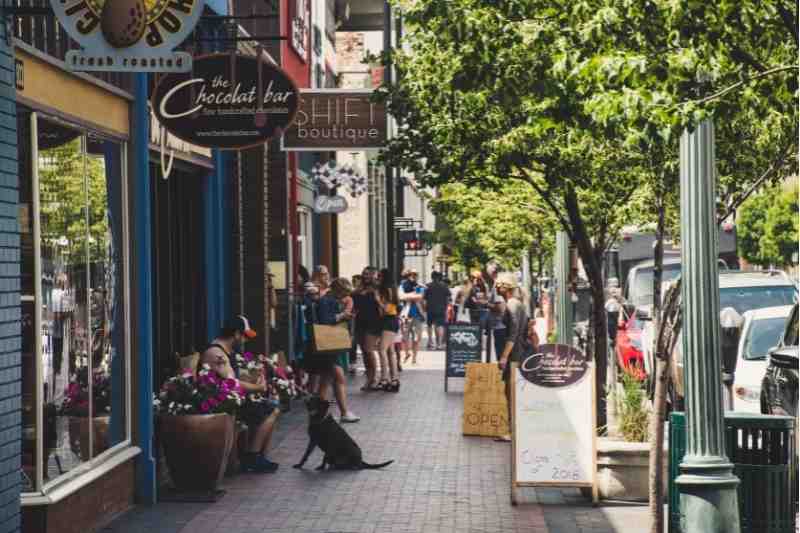
A 2022 study done by the Urban Institute found that access to community parks and green spaces have the potential to reduce crime, improve physical and mental health, increase community programming and outreach, reduce stress levels, increase workplace productivity, and provide social connections that remedy isolation so long as they are properly designed and maintained to meet community needs.
“Evidence suggests that parks and green spaces have significant benefits for their users, with additional benefits accruing with investments in park and green space access and quality,” the survey stated. “This is fueled, in part, by a growing recognition of the broader utility and value of parks for individuals and communities. Park leaders and advocates are identifying ways to unlock the full potential of parks to spur economic benefits for neighborhoods and residents, foster belonging and collective identity, and provide health benefits for users.”
Especially with the amount of dangerous and damaging weather events on the increase, the need and desire for green infrastructure and sustainable communities is growing with many communities finding sustainable design is more cost-effective.
FEMA found sustainable planning, design, environmental management, and engineering practices that weave natural features or processes into the built environment successfully build more resilient communities and can save communities money in the long-term over more traditional or “gray” infrastructure. Added benefits include decreased stormwater runoff, energy cost savings, drought risk reduction, heat risk reduction, property value improvements, and removal of pollutants.
Communities that put an emphasis on natural environment also tend to have better public safety and healthcare outcomes. A study by the USDA found that a 10% increase in urban tree canopy led to a 12% decrease in crime in the same area.
A similar study from the National Public Institutes of Health found that by planting trees cities can save hundreds of dollars per tree in offsetting pollution costs while simultaneously bringing down the core temperature of sidewalks and urban areas, making their communities more walkable, bettering mental health outcomes, and increasing community engagement.
HEALTH AND WELLNESS
Ease of access to healthcare, fitness opportunities, healthy foods, mental health services, and preventative services were among the top concerns for survey respondents. Communities that can provide quality healthcare have become more of a priority, especially following the pandemic.
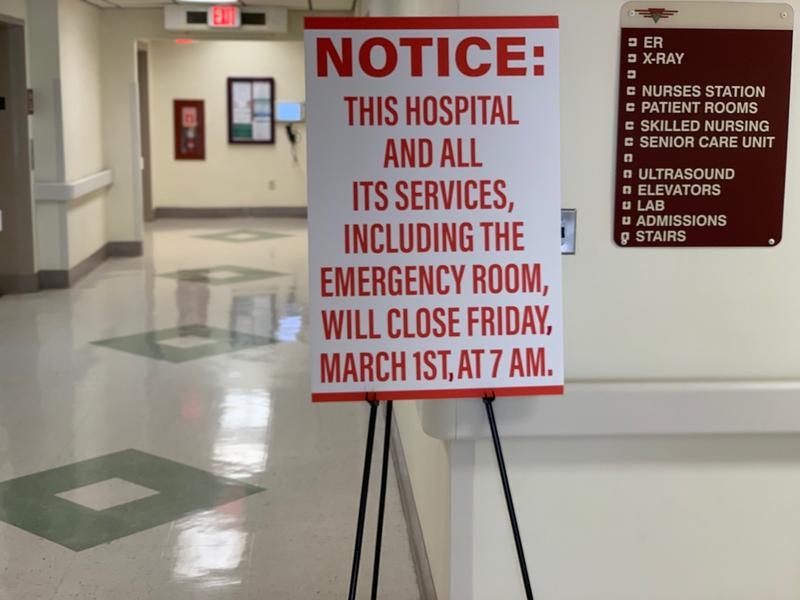
“If the pandemic has taught us anything, it’s that the health and wellness of our residents is a major factor in community livability,” Kobayashi said.
The state of Tennessee ranked 44th among the states in the 2022 America’s Health Rankings from United Healthcare, often seen as the benchmark for health statistics. Many medical officials cite the fact that Tennessee has opted not to expand Medicaid as the most significant challenge the state faces as tis increases the number of Tennesseans without comprehensive coverage and has contributed to the closure of rural hospitals and medical facilities.
There are approximately 65 acute-care small and rural hospitals in the state, 15 of which provide certified critical care, according to the Tennessee Hospital Association. The Tennessee Health Care Campaign (THCC) - a nonprofit founded in 1989 to ensure healthcare access for all state residents - found that more than 75% of these hospitals are at the risk of closure in the next few years largely because they have to provide care to uninsured patients. Approximately 10.1% of all Tennesseans reported they were uninsured in 2022 with the majority of Tennesseans (47.6%) getting their insurance through their employer, according to the Kaiser Foundation.
Additionally, America’s Healthcare Rankings found the state’s most significant challenges included a high premature death rate exacerbated by the state’s 44% increase in drug overdose deaths, his prevalence of multiple chronic conditions, high prevalence of cigarette smoking, and rate of residents often in mental distress (31%).
AGING IN PLACE
Similar to a need for health and wellness, the ability for residents to age in their homes through services like at-home health care, telemedicine, and other necessities that help maintain independence were a major consideration for many when looking at a place to live.
The Community Assessment Survey for Older Adults (CASOA) conducted by NRC at Polco found that 84% of residents plan to remain in their community throughout retirement. A similar study conducted by AARP found that 77% of adults age 50 and over want to remain in their homes for the long-term and that the number of seniors wanting to stay in their homes has trended upward for more than a decade.
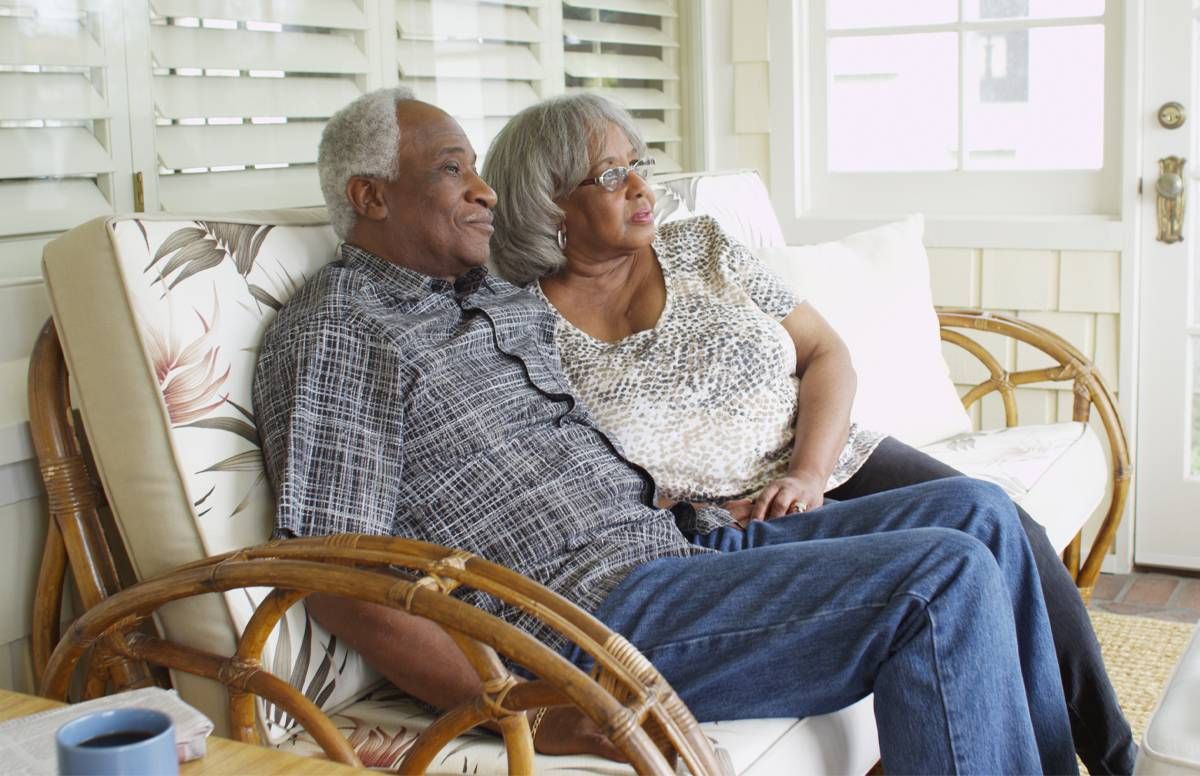
The number of households headed by people age 65 and older is expected to grow from 34 million to 48 million in the next two decades, according to studies from the Urban Institute. Especially as Baby Boomers begin to age, however, this desire is becoming more difficult to manage.
“It’s really important that we understand what people’s housing preferences are, what they want, what they need and how well their options are meeting their needs,” says Rodney Harrell, vice president of family, home and community at AARP. “It’s foundational to our work to improve housing options and communities.”
AARP found that seniors felt in order to safely age in place they would need a modified bathroom with grab bars or no step showers (79%), access to high speed internet (76%), increased ease of access to the inside and outside of their house (71%), an emergency response system (61%), and a smart-home device such as doorbell cameras (48%).
While more than half (51%) of seniors said they have no mortgage on their home, the cost of amenities needed to remain in place or to move into a home or residential living facility that meets their needs is too cost prohibitive. As a result, many said they had to consider living with a family member (69%) or a friend (54%) with more than half of Americans (52%) now living in multigenerational households and 1 in 5 Americans serving as a caregiver to an older adult.
“A portion of seniors are aging in place but are also stuck in place,” Linna Zhu of the Urban Institute said. “They don’t have the financial resources to help them move or relocate or downsize, or they cannot afford to live in the nursing homes.”

